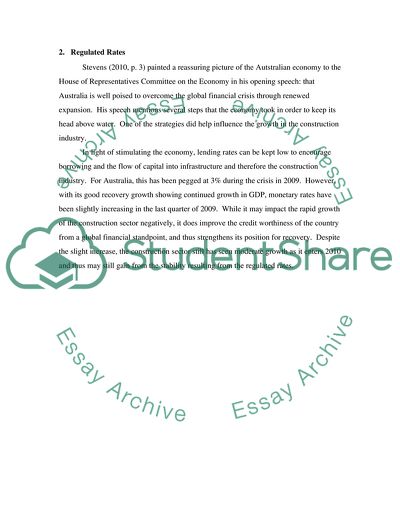Cite this document
(Billion National Stimulus Plan Assignment Example | Topics and Well Written Essays - 1750 words, n.d.)
Billion National Stimulus Plan Assignment Example | Topics and Well Written Essays - 1750 words. Retrieved from https://studentshare.org/macro-microeconomics/1735506-construction-economics
Billion National Stimulus Plan Assignment Example | Topics and Well Written Essays - 1750 words. Retrieved from https://studentshare.org/macro-microeconomics/1735506-construction-economics
(Billion National Stimulus Plan Assignment Example | Topics and Well Written Essays - 1750 Words)
Billion National Stimulus Plan Assignment Example | Topics and Well Written Essays - 1750 Words. https://studentshare.org/macro-microeconomics/1735506-construction-economics.
Billion National Stimulus Plan Assignment Example | Topics and Well Written Essays - 1750 Words. https://studentshare.org/macro-microeconomics/1735506-construction-economics.
“Billion National Stimulus Plan Assignment Example | Topics and Well Written Essays - 1750 Words”. https://studentshare.org/macro-microeconomics/1735506-construction-economics.


